The Department of Food Safety, Ministry of Health has just issued Notice No. 2758/TB-ATTP requesting to temporarily suspend the sale, circulation and use of the Babistar ZinC health protection food product batch.
Medical news on November 4: Stop using and circulating Babistar ZinC products
The Department of Food Safety, Ministry of Health has just issued Notice No. 2758/TB-ATTP requesting to temporarily suspend the sale, circulation and use of the Babistar ZinC health protection food product batch.
Stop using and circulating Babistar ZinC products
The batch of Babistar ZinC health protection food products proposed to be temporarily suspended from sale and use has production number: 010224, manufacturing date: February 29, 2024, expiry date: February 28, 2027. Name of organization (inspected facility): Vstar Pharma Joint Stock Company.
 |
| Illustration |
Address: No. 39 Lien ke 12 Xa La Urban Area, Phuc La Ward, Ha Dong District, Hanoi City.
The reason for the temporary suspension of circulation is due to violations of regulations on product labeling. Vstar Pharma Joint Stock Company is responsible for contacting the manufacturer or importer to implement handling and remedial measures within 07 days.
The above goods are only allowed to continue circulating if satisfactory corrective actions have been taken and the inspection agency has issued a notice allowing the goods to continue circulating on the market.
Be careful of children with gastritis and ulcerative colitis
In the past, when children had stomach aches, parents often only thought of the causes as digestive disorders, worm infections, etc. In fact, this could be one of the early warning signs of stomach ulcers in children, a disease that many people thought only occurred in adults.
The family of LDA (9 years old, Hanoi) was shocked to learn that their son had a stomachache due to gastritis - duodenal ulcer, positive HP bacteria, and even thought the doctor had made a mistake when the results came out because the child was still young.
Baby A's mother said that her child had had abdominal pain around and above the navel for several weeks now, a dull pain, but for the past 2 days the pain has become more continuous, sometimes with attacks, often increasing after meals and at night. In addition, the child has a loss of appetite and is tired.
The family took the child to Medlatec General Hospital for examination. Here, the patient was clinically examined by a doctor, and ordered necessary tests and functional examinations to serve the diagnosis.
Taking the medical history, the doctor discovered that baby A's father had HP-positive gastritis. After taking the symptoms and conducting a clinical examination, Dr. Duong Thi Thuy, Pediatrics specialist, Medlatec General Hospital, pointed to gastroduodenal disease and advised the family to have a gastroduodenal endoscopy to accurately diagnose the cause.
Endoscopy results showed duodenal mucosa congestion and duodenal ulcer.
In conclusion, baby A. had gastritis - duodenal ulcer, HP positive. After that, baby A. was prescribed medication for outpatient treatment, instructed on a home diet and scheduled for a follow-up visit to evaluate the effectiveness of HP eradication after 6 weeks.
Doctor Thuy also emphasized that 70-80% of the Vietnamese population is infected with HP bacteria, this is a worrying number because HP bacteria can cause dangerous stomach diseases such as stomach - duodenum, stomach cancer if not detected early and treated promptly.
The cause of stomach ulcers can also come from unscientific diets such as eating too much, too little, eating too much sour, spicy, hot food... or due to prolonged stress, taking drugs that are harmful to the stomach...
In particular, the symptoms of gastroesophageal disease in children are not as typical as in adults. Therefore, many parents are subjective and think that it is a common digestive disorder. Even when examined, if the doctor does not examine carefully, or is inexperienced, it is easy to miss the cause and misdiagnose it as a common digestive disease.
According to Dr. Thuy, warning signs of gastroesophageal disease in children include abdominal pain around the navel and diffuse pain. Older children have epigastric pain, which may be accompanied by belching, heartburn, vomiting, and bad breath.
Fatigue, poor appetite, weight loss, loss of concentration in studies; Depression, stress, nervous breakdown.
The above symptoms may increase after eating, especially when eating foods and drinks that irritate the stomach lining such as garlic, chili, bananas, etc.
To limit the spread of infection, hygienic eating is the most important. Specifically, Dr. Thuy recommends the following measures:
If someone in the family has a stomach or duodenal ulcer, they should not share bowls, chopsticks, cups, glasses, etc.; They must be dipped in boiling water after being washed;
Absolutely eliminate the habit of feeding your baby in any form. Breastfeed exclusively for the first 6 months, weaning should start when the baby is 6 months old;
Train children to eat lots of green vegetables and fresh fruits; Develop scientific eating habits for children, eat soft, easy-to-digest foods, avoid sour, spicy foods, avoid overeating, or being too hungry, do not drink carbonated drinks...; Create a comfortable space for children, avoid causing psychological pressure, stress about studying...
Surgery to save children with new method
Hanoi Children's Hospital has just received patient D. H. P, 7 years old, residing in Chuong My, Hanoi, who was transferred from a lower-level hospital with a condition of immobility of the left leg, sharp pain in the thigh and inability to walk, and has been temporarily splinted. In this case,
After being examined by a doctor and having an X-ray. The X-ray results showed that the patient had a femoral shaft fracture, a closed fracture of the middle third of the left femur, and was indicated for bone fusion surgery using intramedullary nailing technique on a C-arm irradiation monitor.
The surgical team of Hanoi Children's Hospital performed closed bone fixation surgery using intramedullary nails. This is a minimally invasive and very effective surgical method, helping patients to move and recover quickly. After just over an hour, the surgery was a great success. The broken bone was anatomically adjusted and firmly fixed without opening the fracture site.
Previously, children with bone fractures who required surgery were often operated on with screws and plates, a technique that required exposing the fracture site, causing damage to the soft tissue as well as the periosteum and blood vessels that nourish the bone.
Therefore, this technique has disadvantages such as increased risk of infection, slow bone healing, joint stiffness due to long-term immobilization, bad scars, etc.
Faced with that reality, orthopedic specialists - General Surgery Department - Hanoi Children's Hospital have implemented the most updated treatment method, which is Bone Fixation with intramedullary nails with many advantages such as:
Minimally invasive, no fracture opening; Shortens bone healing time by maximally preserving the periosteum and blood vessels; Small surgical scar, high aesthetics; Short hospital stay; Only need to use a single dose of prophylactic antibiotics before surgery.
The technique of combining bone fusion surgery on the irradiated screen to treat all types of fractures in general and femur fractures in particular is a modern treatment method, applying the advances of science and technology. Children treated with this method are often very satisfied because limb function can be restored early, quickly returning to daily activities, helping children minimize fear and obsession in the future.
Source: https://baodautu.vn/tin-moi-y-te-ngay-411-dung-luu-hanh-su-dung-san-pham-babistar-zinc-d229098.html






![[Photo] Bustling construction at key national traffic construction sites](https://vstatic.vietnam.vn/vietnam/resource/IMAGE/2025/5/2/a99d56a8d6774aeab19bfccd372dc3e9)

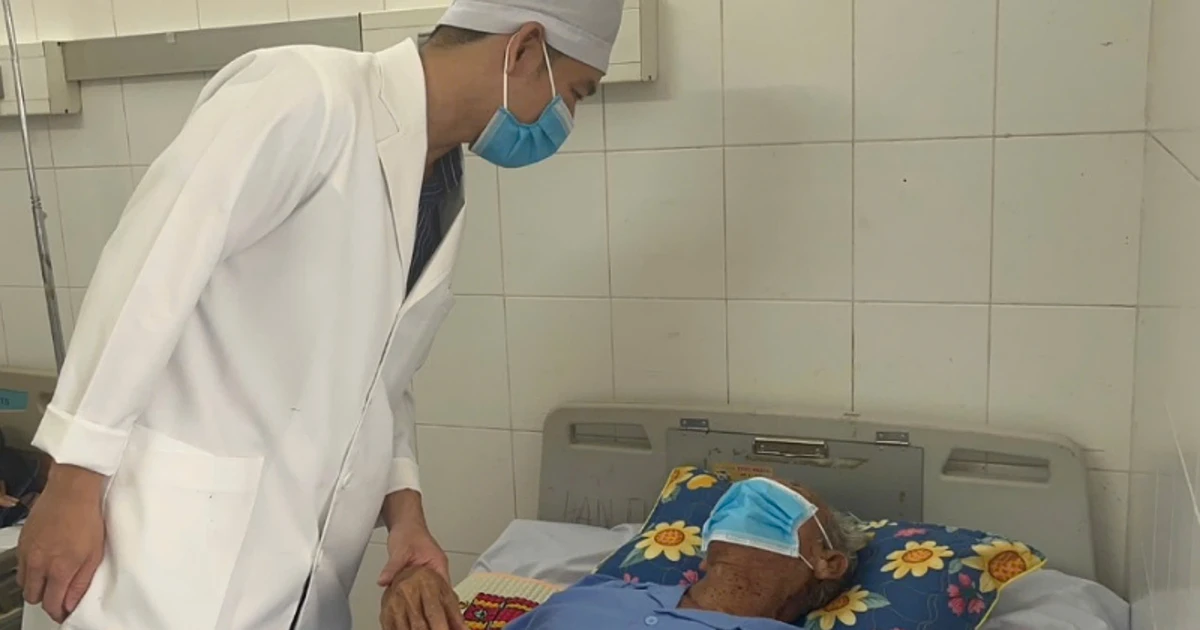

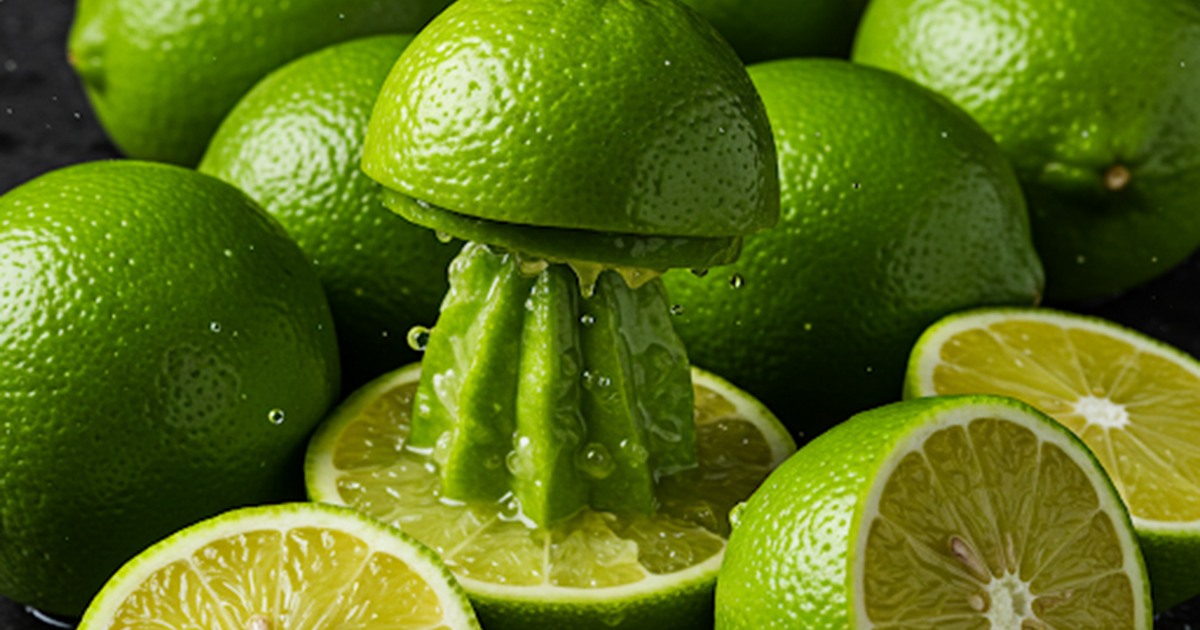
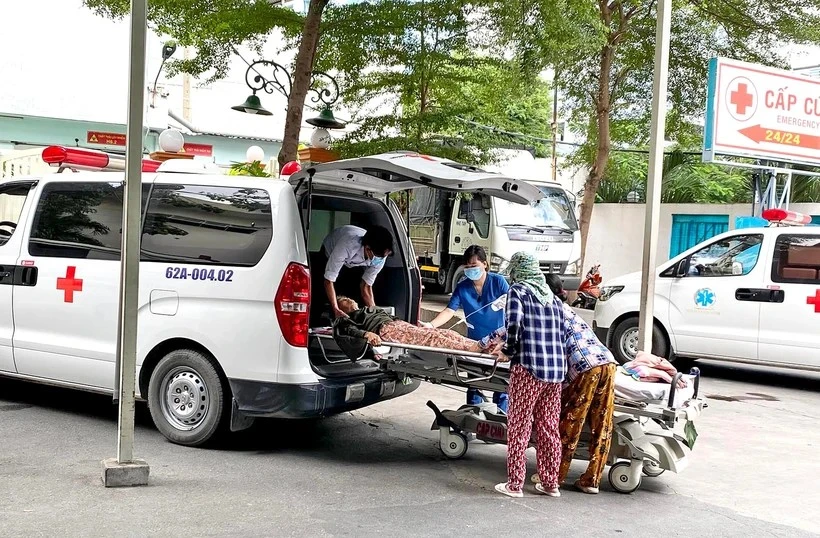

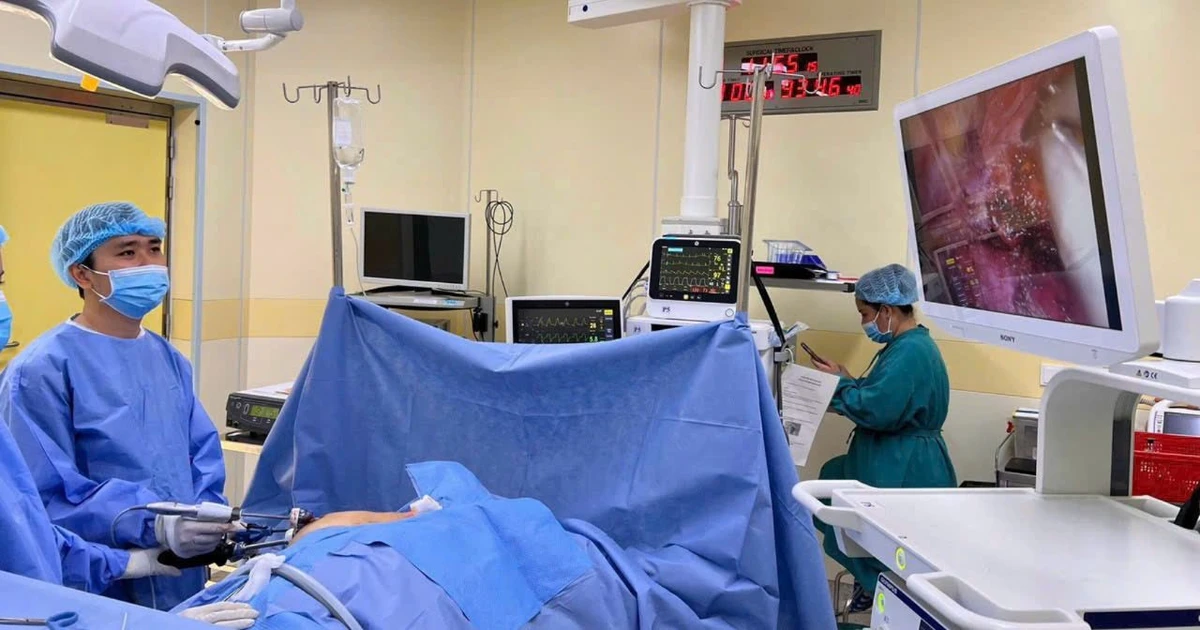
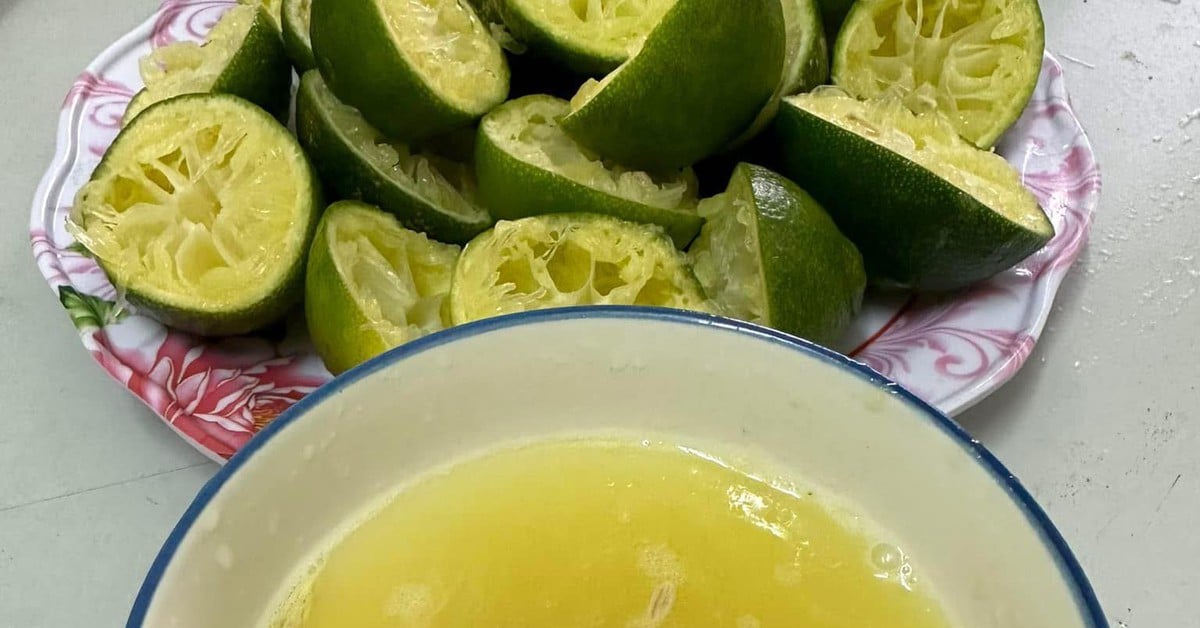









![[Photo] Binh Thuan organizes many special festivals on the occasion of April 30 and May 1](https://vstatic.vietnam.vn/vietnam/resource/IMAGE/2025/5/1/5180af1d979642468ef6a3a9755d8d51)

![[Photo] "Lovely" moments on the 30/4 holiday](https://vstatic.vietnam.vn/vietnam/resource/IMAGE/2025/5/1/26d5d698f36b498287397db9e2f9d16c)















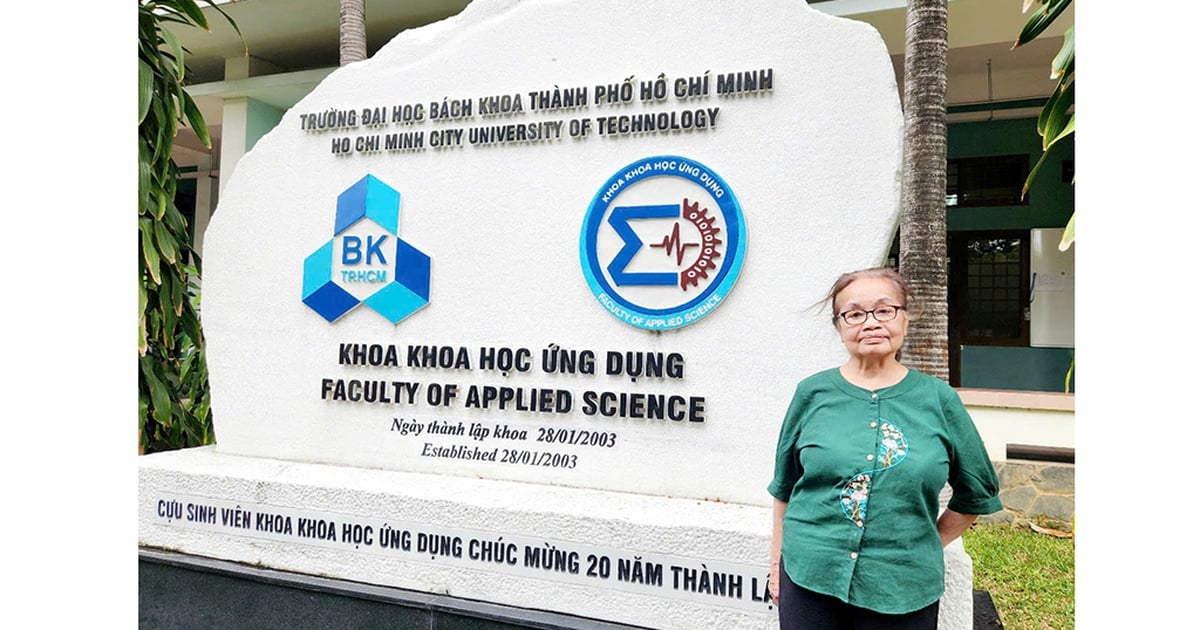





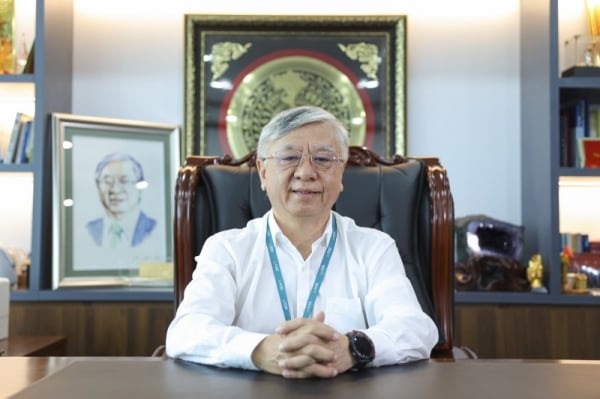













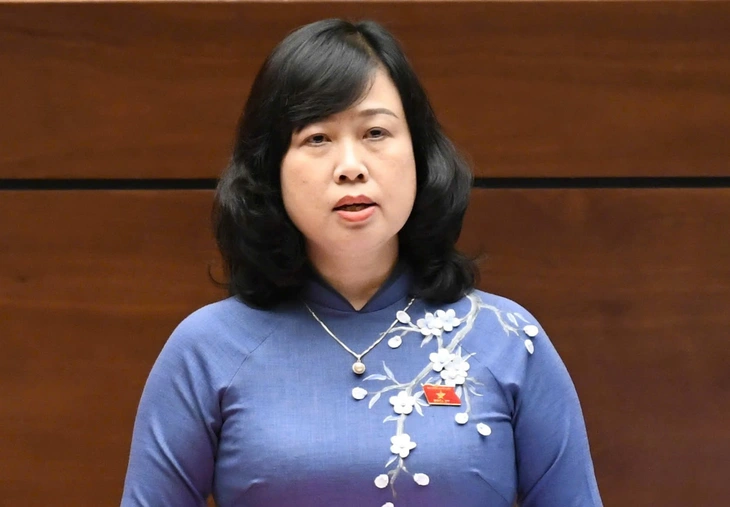












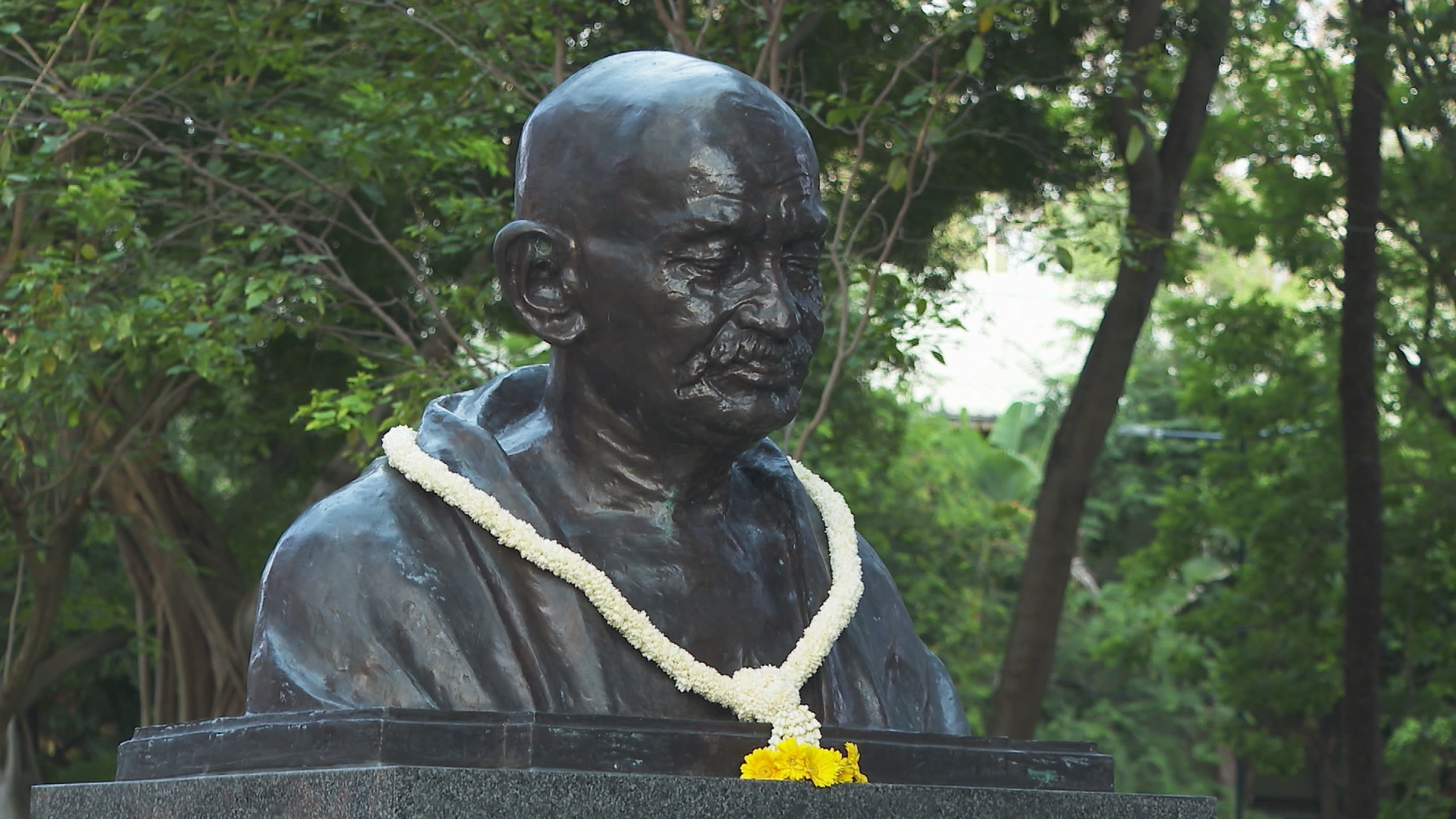
















Comment (0)